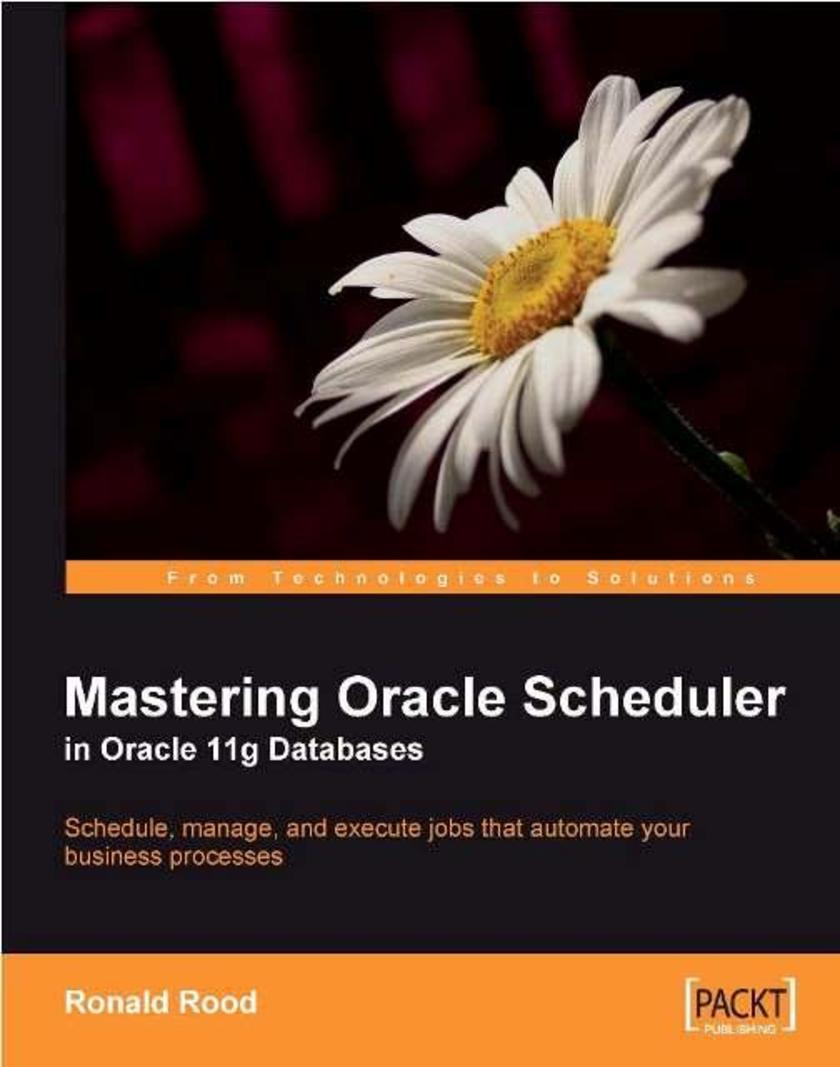
Mastering Oracle Scheduler in Oracle 11g Databases
¥71.93
This is your practical guide to setting up a working environment and using Oracle Scheduler. Packed with simple examples and clear explanations, real-life scenarios are discussed to make you comfortable in implementing them in your own system. This book is intended for Administrators and Developers who currently use tools like cron, DBMS_JOB, and the task manager, but who now want more control or who have a need to scale up to tools that can handle the network. Complex tasks can be built that easily control business process and enable the completion of important tasks in limited time. The reader is expected to have some experience of Oracle Database Management, and a working knowledge of SQL and PL/SQL.
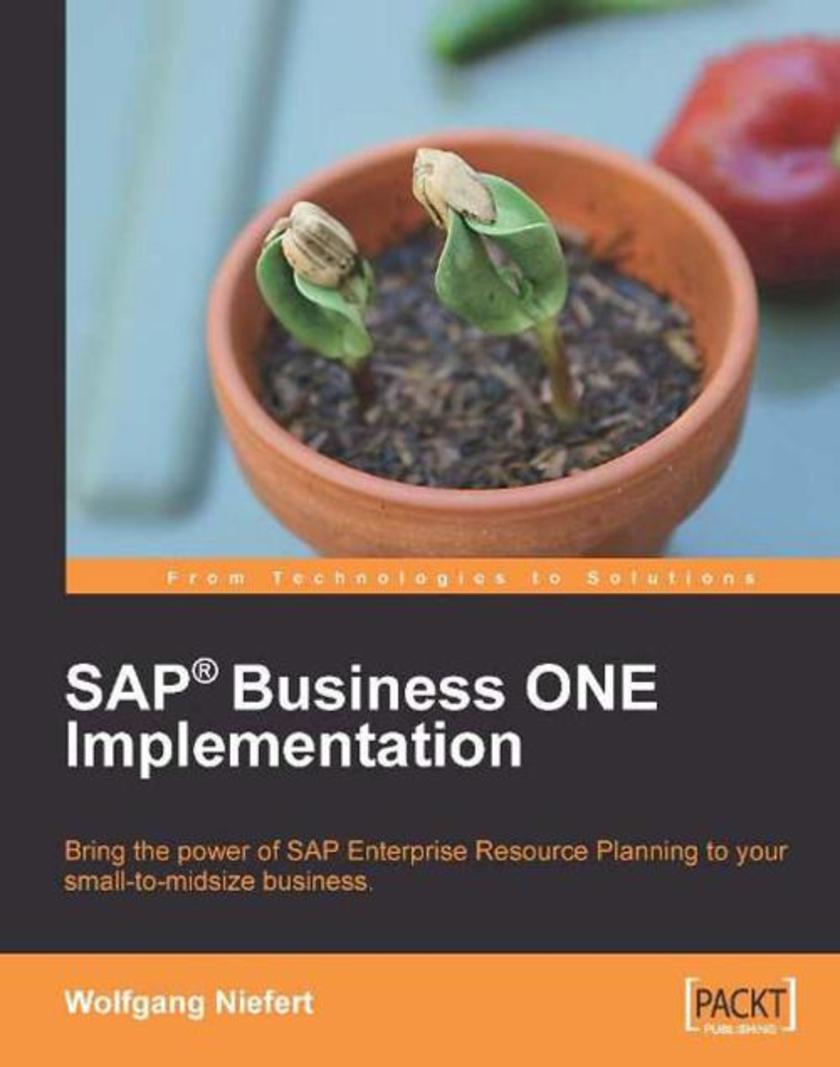
SAP Business ONE Implementation
¥90.46
With clear instructions and plenty of screenshots, this book will provide you all the support and guidance you need to implement SAP Business One in your business. We will work with a project plan in each chapter and implement new techniques in the related case study. Alongside this hands-on approach tips and tricks are provided that you can use for your own project. This book is written for technically savvy business owners, entrepreneurs, and departmental managers. If you are a departmental sales manager you can benefit from the advanced sales stages and workflow concept in this book. The seasoned inventory and warehouse manager can immediately utilize the inventory optimization and warehouse management concepts. Your web technicians will benefit from the e-commerce information and understand how your web strategy can be aligned with SAP B1. As a business owner your key players from sales to fulfillment gain back control and you can grow your business to the next level using modern franchising concepts. If you have SQL skills you can leverage your knowledge, connecting with SAP tools and features that are built on queries. No previous experience with SAP or ERP is assumed.

Flash with Drupal
¥80.65
This book takes a step-by-step approach to building Flash applications for use with the Drupal Content Management System. In each chapter, you walk through the evolution of a real Flash application designed for Drupal. Every chapter builds on the previous one by presenting a more challenging feature for each additional chapter. This book is written for developers who wish to build dynamic flash applications. Although we will be using Drupal for our Content Management System, the lessons learned within this book can easily be applied to other content management systems such as Joomla or WordPress. Because of this, you are not assumed to be familiar with Drupal. Any interaction with Drupal will be described in full detail so that anyone can follow along. As for Flash, it is not necessary to be familiar with how to use Flash since that too will be covered within this book. However, it is recommended that you have some modest understanding of ActionScript and PHP since there are many code examples within this book.

SOA Patterns with BizTalk Server 2009
¥107.90
This book takes a hands-on approach to explain and present ways to use BizTalk Server 2009 in a service-oriented fashion. Written much like the author's blog, this book does not direct your every mouse click and keyboard stroke, but rather identifies the problem being solved, and includes the code snippets and screenshots necessary to recreate these solutions yourself. Targeted at individuals already familiar with BizTalk Server and not those expecting a full tutorial on every aspect of the product, this book is ideal for architects and developers who want to develop the most maintainable BizTalk Server solutions possible. This is the first book available on BizTalk Server 2009 and covers all relevant features for those of you designing a BizTalk business solution.
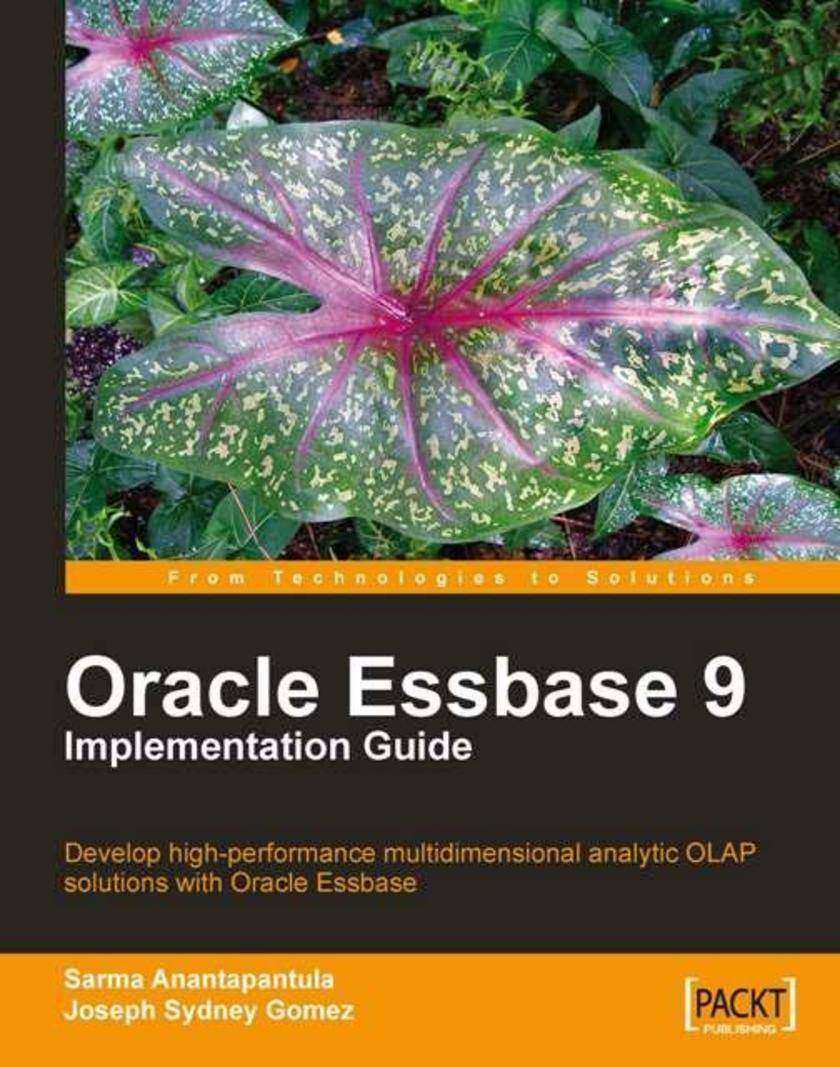
Oracle Essbase 9 Implementation Guide
¥107.90
This book uses a practical step-by-step approach with the next chapter always building on the knowledge foundation created by the previous chapter. Understanding and really grasping the multidimensional concept is difficult enough without a lot of confusing jargon thrown in. This book speaks to the reader in plain English with plenty of easy-to-follow examples. You will create, build, and maintain data for a fictional automobile company. This book is primarily for the IT professional who has a good understanding of IT principles and processes but is a multidimensional OLAP novice. Experienced OLAP professionals will also gain insight from this book. Simply put, if you are in the IT field and wish to gain a functional level of knowledge in the world of Oracle Essbase, whether it be for a developer role or a PM or BA role, this is the book you need.
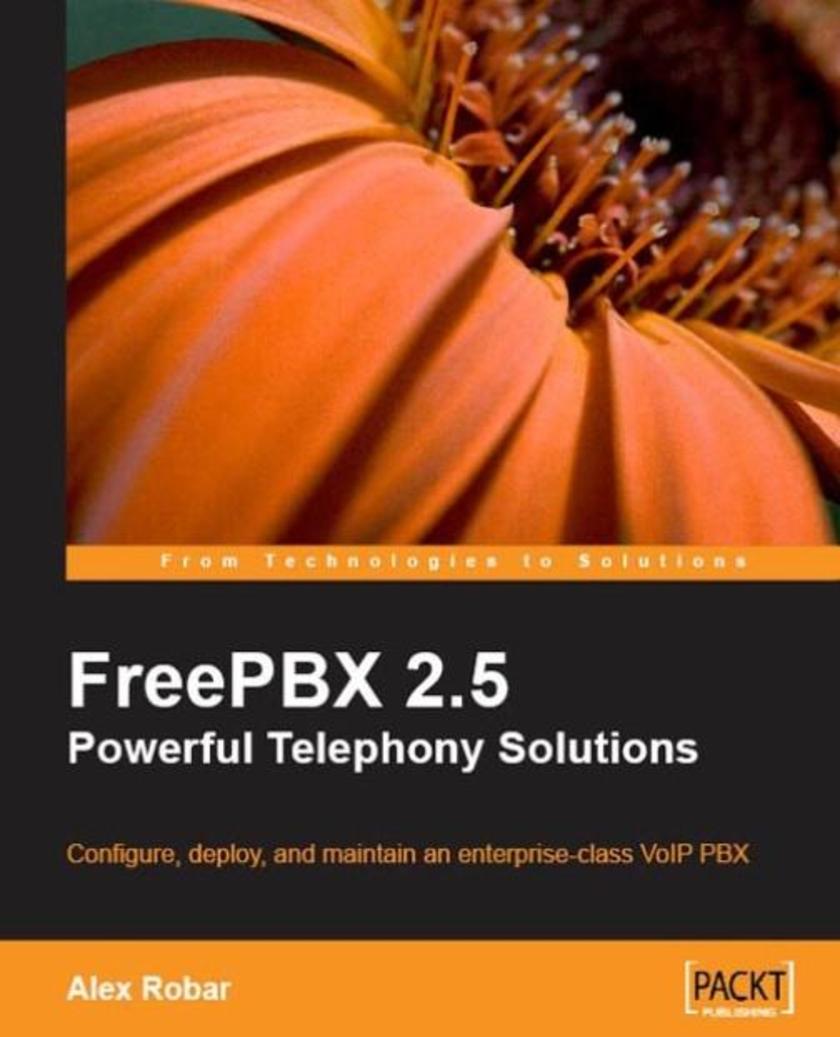
FreePBX 2.5 Powerful Telephony Solutions
¥71.93
This book is a tutorial, with plenty of step-by-step instructions bundled with examples and screenshots. VoIP telephony concepts are discussed, and how-tos are provided to help the reader become familiar with FreePBX. This book is targeted at system administrators who want to get started with FreePBX. Previous knowledge of Linux or networking is not required, although some basic knowledge of PBX and Linux will be a bonus.
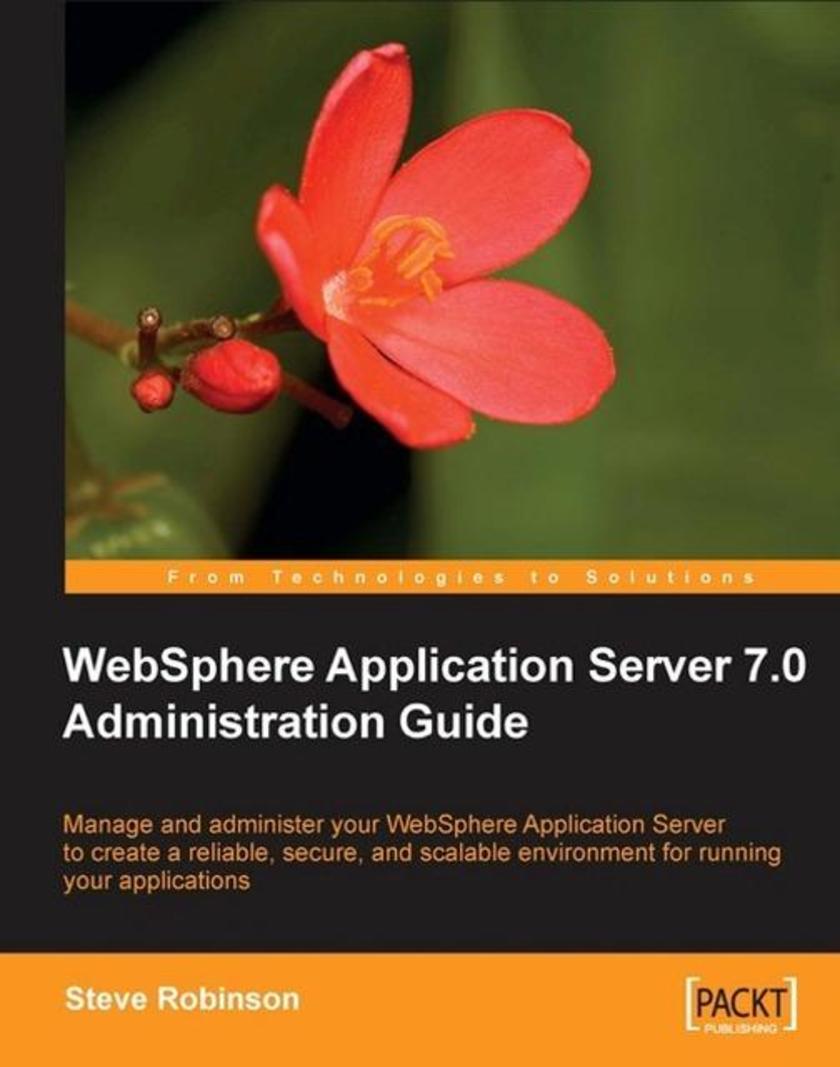
WebSphere Application Server 7.0 Administration Guide
¥90.46
This book is an example-driven tutorial that introduces you to the WebSphere application server and then takes you through all the major aspects of server configuration. It covers everything you need to deploy and tune your applications for best performance. This book is for administrators with some experience in Java who want to get started with WebSphere. Existing WebSphere users will also find this book useful, especially as there are so many new features in the new version.
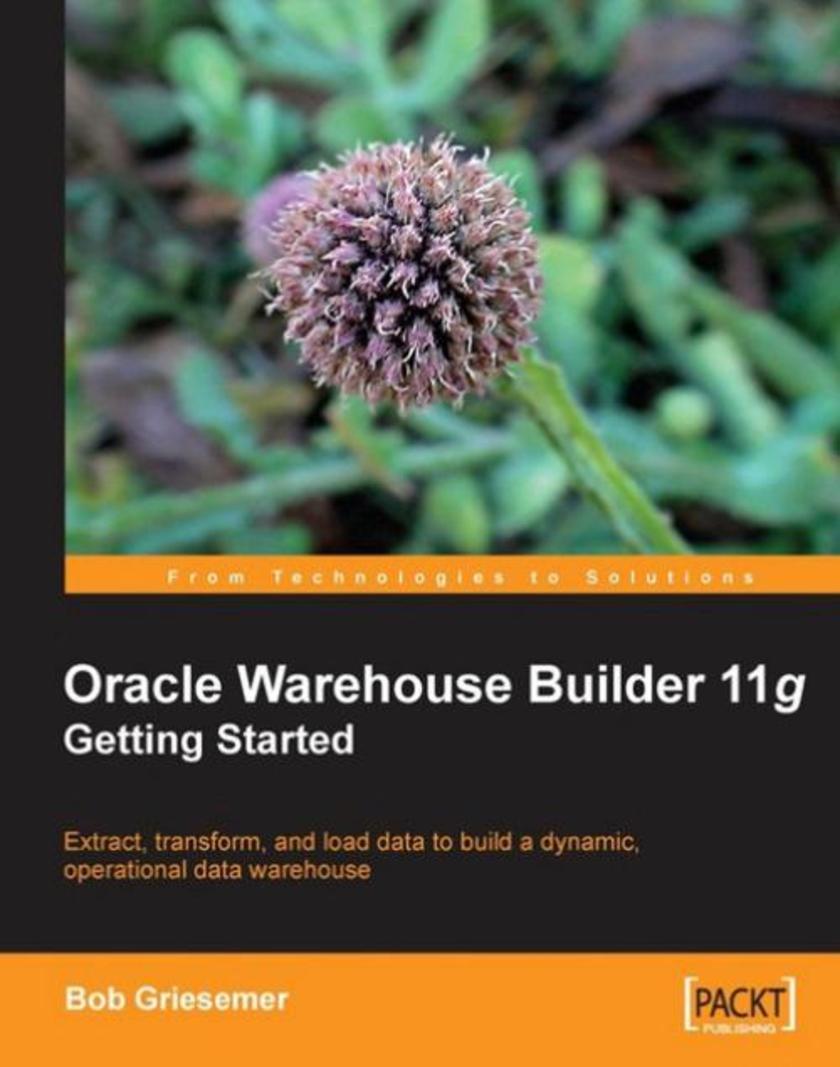
Oracle Warehouse Builder 11g: Getting Started
¥99.18
This easy-to-understand tutorial covers Oracle Warehouse Builder from the ground up, and taps into the author's wide experience as a software and database engineer. Written in a relaxed style with step-by-step explanations, lots of screenshots are provided throughout the book. There are numerous tips and helpful hints throughout that are not found in the original documentation. By following this book, you can use Oracle Warehouse Builder in the best possible way and maximize your learning potential. This book is a good starting point for database engineers, administrators, and architects who are responsible for data warehouse projects and need to design them and load data into them. If you are someone who wants to learn Oracle Warehouse Builder and expand your knowledge of the tool and data warehousing, this is an ideal book for you. No prior data warehouse or database experience is presumed with all new database and data warehouse technical terms and concepts explained in clear easy-to-understand language.
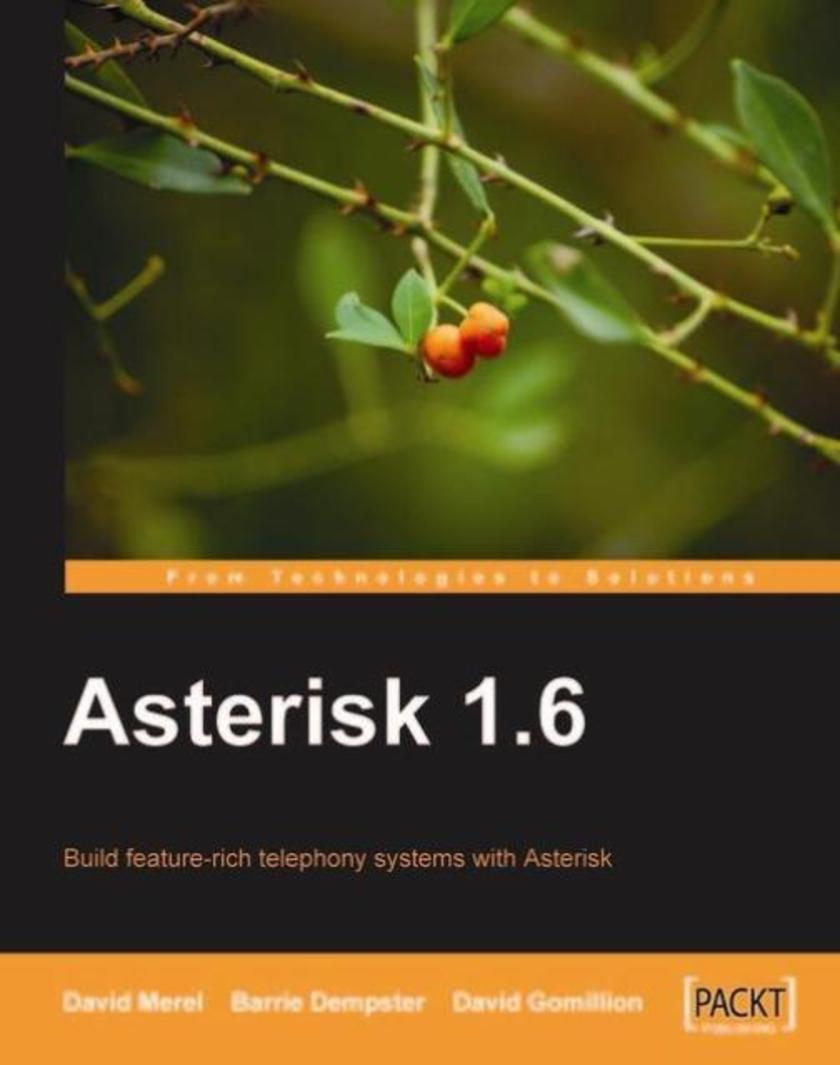
Asterisk 1.6
¥71.93
The book offers readers both a detailed de*ion as well as step by step instructions on deploying software solutions as well as Asterisk configurations. Screenshots are provided in sections to give a visual perspective of the instructions. For Asterisk configurations actual sample code is listed in the book which can be directly inserted into your Asterisk solution.This book is aimed at anyone who is interested in building a powerful telephony system using the free and open source application, Asterisk, without spending many thousands of dollars buying a commercial and often less flexible system. This book is suitable for the novice and those new to Asterisk and telephony. Telephony or Linux experience will be helpful, but not required.
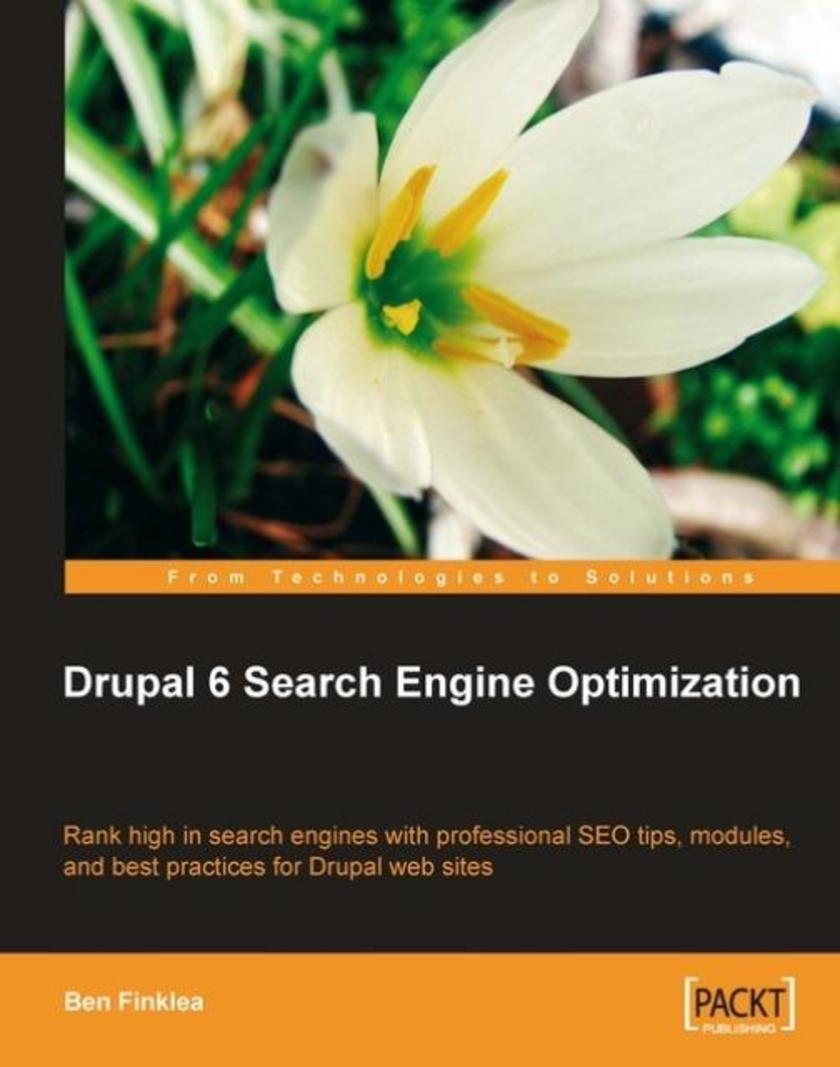
Drupal 6 Search Engine Optimization
¥80.65
This is a practical, hands-on book based around sound SEO techniques specifically applied to Drupal. Each chapter starts with a brief overview of the important concepts then quickly moves into practical step-by-step actions you can take immediately. Throughout the book, you'll get clear instructions and detailed screenshots, so you can see exactly what to do each step of the way. You will install and configure a selection of Drupal modules – each of which will move you one step closer to optimization. Chapter-by-chapter, your Drupal site will become more optimized so that by the end of the book, your site is 100% ready for Google. This book is written for Drupal site owners and those who create Drupal sites including themers, developers, programmers, and consultants. A basic understanding of Drupal will be helpful: what a node is, how to create nodes, how to log in to the admin sections of your Drupal site, and how to properly install and enable a module. No knowledge of SEO will be assumed but a basic knowledge of search engines is expected.
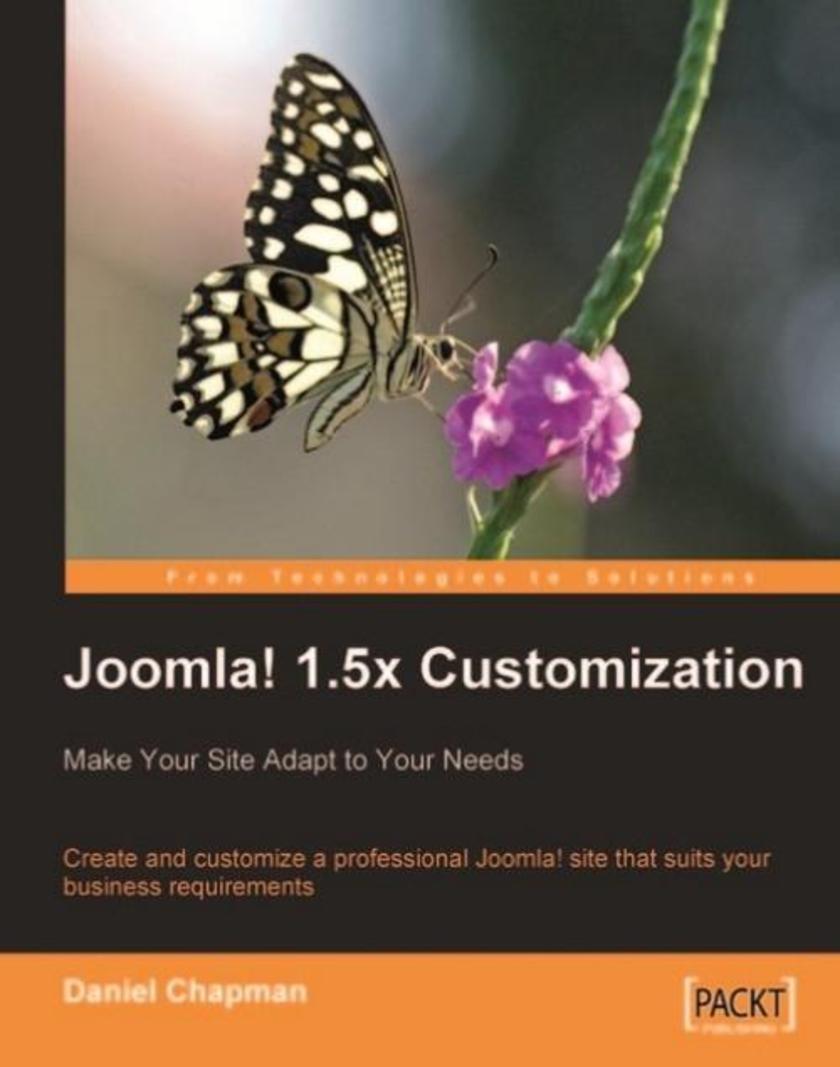
Joomla! 1.5x Customization: Make Your Site Adapt to Your Needs
¥80.65
Filled with plenty of examples and careful explanations, this step-by-step guide teaches you to build a sub*ion-based business site with Joomla!. This site will evolve chapter by chapter as you apply the techniques and theory that you are learning to it. You will start by looking at the environment in which you develop, setting yourself up with the right tools to develop a professional site as effectively and efficiently as possible. Then you will move on to setting the purpose of our site, and why it is important to have a clear purpose and goals for your site before you ever even install Joomla!. You will begin to look through choosing, installing and customizing extensions, and proceed to work on your sample sub*ion site as a practical example of the information covered in each chapter. Finally you will look at how to market and monetize your site to ensure the maximum success for your site. This book is written for people with basic knowledge of Joomla! who want to expand their skills and move from simply assembling extensions and installing a template to truly customizing their own site. Readers are expected to have functional knowledge of Joomla! and a very basic understanding of terms such as FTP, PHP, HTML, CSS, JavaScript, even if they have no real knowledge of the workings behind these terms. This book does not cover topics such as installing Joomla! and extensions, or creating content. The ideal reader is one who wishes to build a successful business web site using Joomla! and is interested in making as well as saving money by applying professional tools and techniques to the development, monetization, and marketing of their site. Non-business focussed site owners can still benefit greatly from the book, however, if they wish to add a level of professionalism to their work.
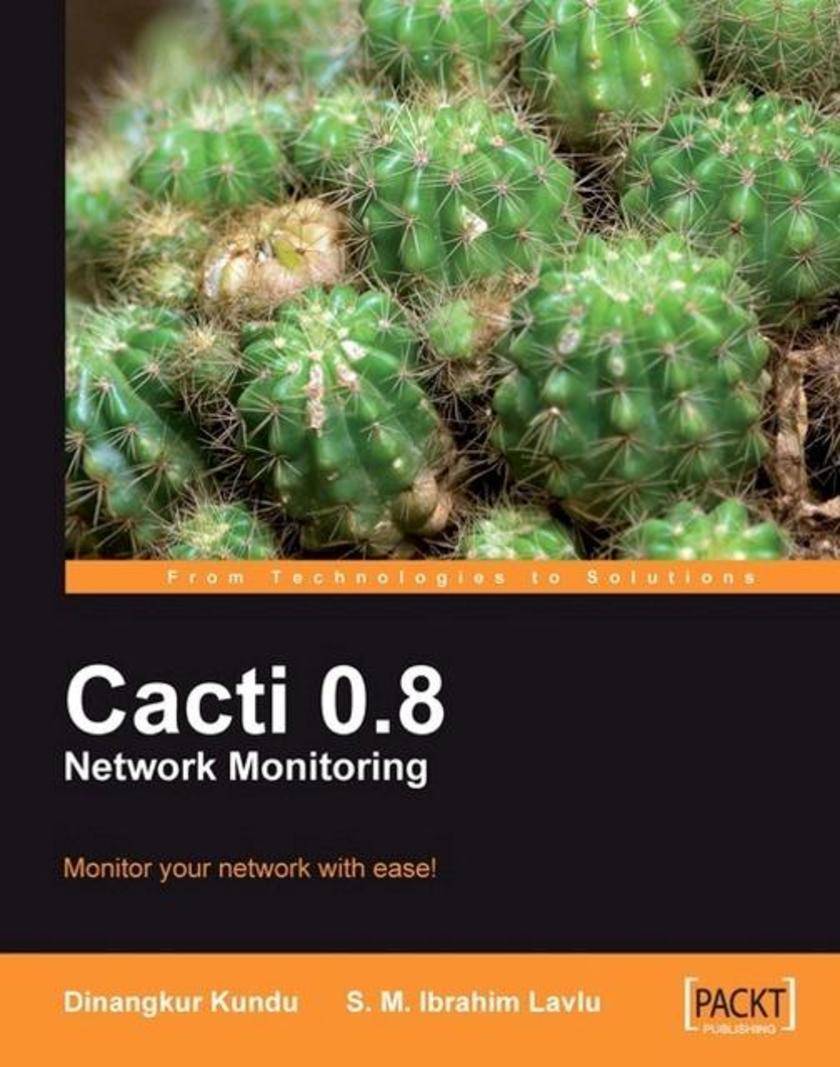
Cacti 0.8 Network Monitoring
¥63.21
With loads of screenshots and illustrations and easy step-by-step instructions, this book is ideal for beginners in the network monitoring business. This book is for anyone who wants to manage a network using Cacti. You don't have to be a Linux Guru to use this book.
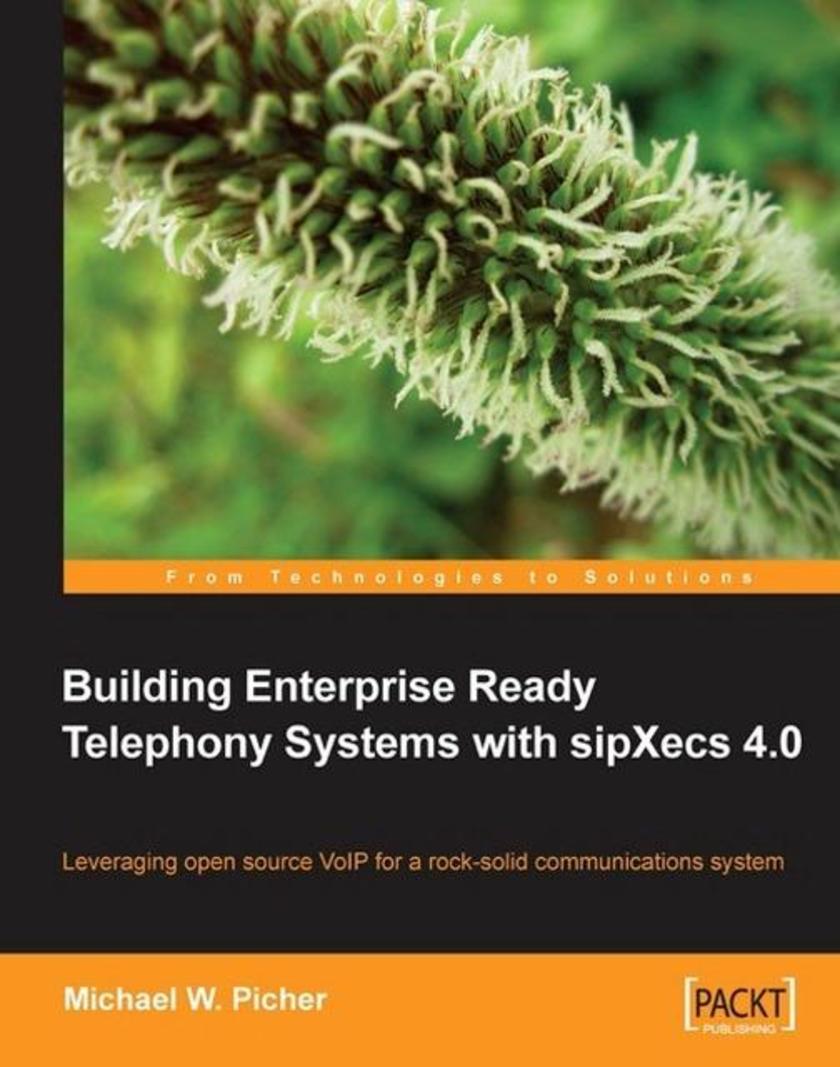
Building Enterprise Ready Telephony Systems with sipXecs 4.0
¥80.65
This book was written to be a step by step approach to building a communications system for any organization. Care was taken to clearly illustrate with diagrams and screen shots all of the steps and concepts along the way. This book is written for network engineers who have been asked to deploy and maintain communications systems for their organizations.
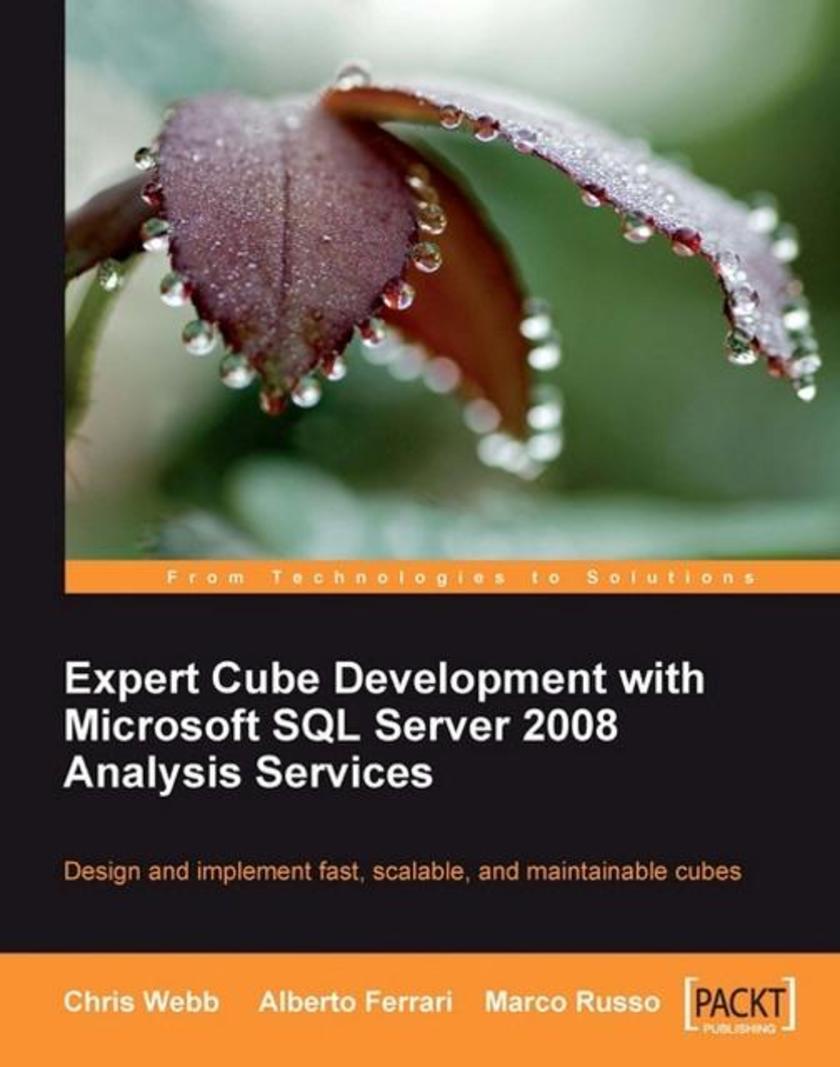
Expert Cube Development with Microsoft SQL Server 2008 Analysis Services
¥90.46
This is a practical tutorial for Analysis Services that shows readers how to solve problems commonly encountered while designing cubes, and explains which features of Analysis Services work well and which should be avoided. The book walks through the whole cube development lifecycle, from building dimensions, cubes and calculations to tuning and moving the cube into production. This book is aimed at Analysis Services developers who already have some experience but who want to go into more detail on advanced topics, and who want to learn best practices for cube design.
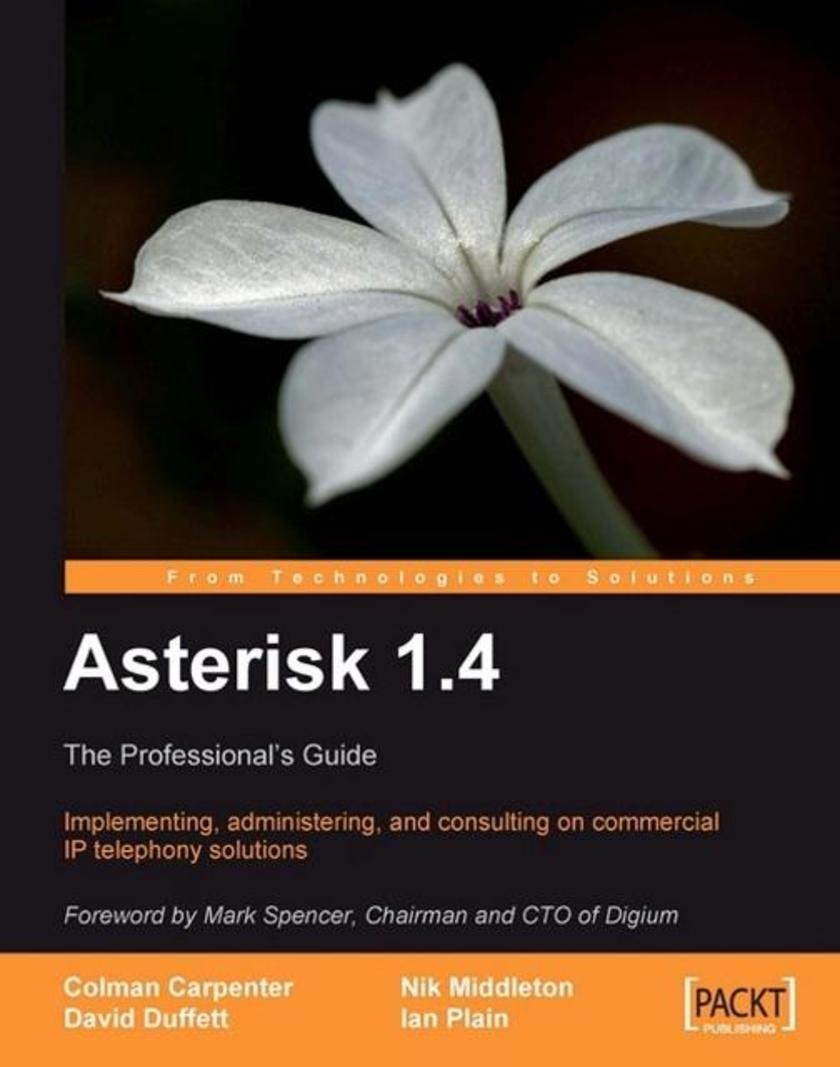
Asterisk 1.4 : The Professional’s Guide
¥80.65
Employing a comprehensive handbook-style approach, this easy-to-follow book shows the reader various means of implementing the power of Asterisk in a commercial environment. In next to no time, the reader will gain a deeper understanding of many of the issues faced by Asterisk consultants and the solutions they believe work best. Primarily aimed at Asterisk Professionals, this book provides real-world insight for Asterisk Network Administrators and System Implementers in the commercial environment. This book is not for newcomers to Asterisk. Readers are expected to be experienced with installing and administering Asterisk systems.
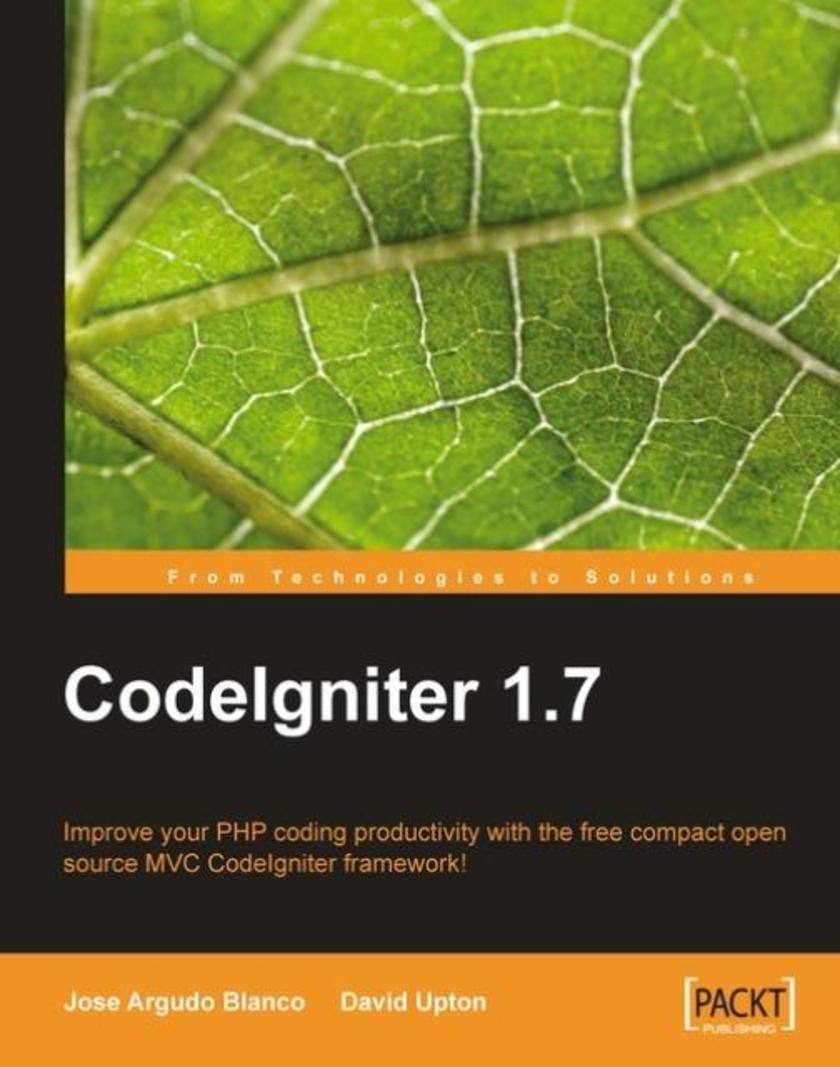
CodeIgniter 1.7
¥71.93
This book takes a step-by-step approach, presenting the main features of CodeIgniter in a systematic way and explaining them clearly. It is packed with examples, ideas, and screenshots to help you master this great framework. The code examples are very practical so you can even use them in your own projects. By following this book, you can use CodeIgniter in the best possible way and maximize your learning. This book is for developers who are new to CodeIgniter. Basic skills in PHP and MySQL are required, but only rudimentary object-oriented knowledge is needed. If you're looking for a better way to develop PHP applications, or want to find out more about the CodeIgniter framework as a viable option for one of your own projects, this book will help you.
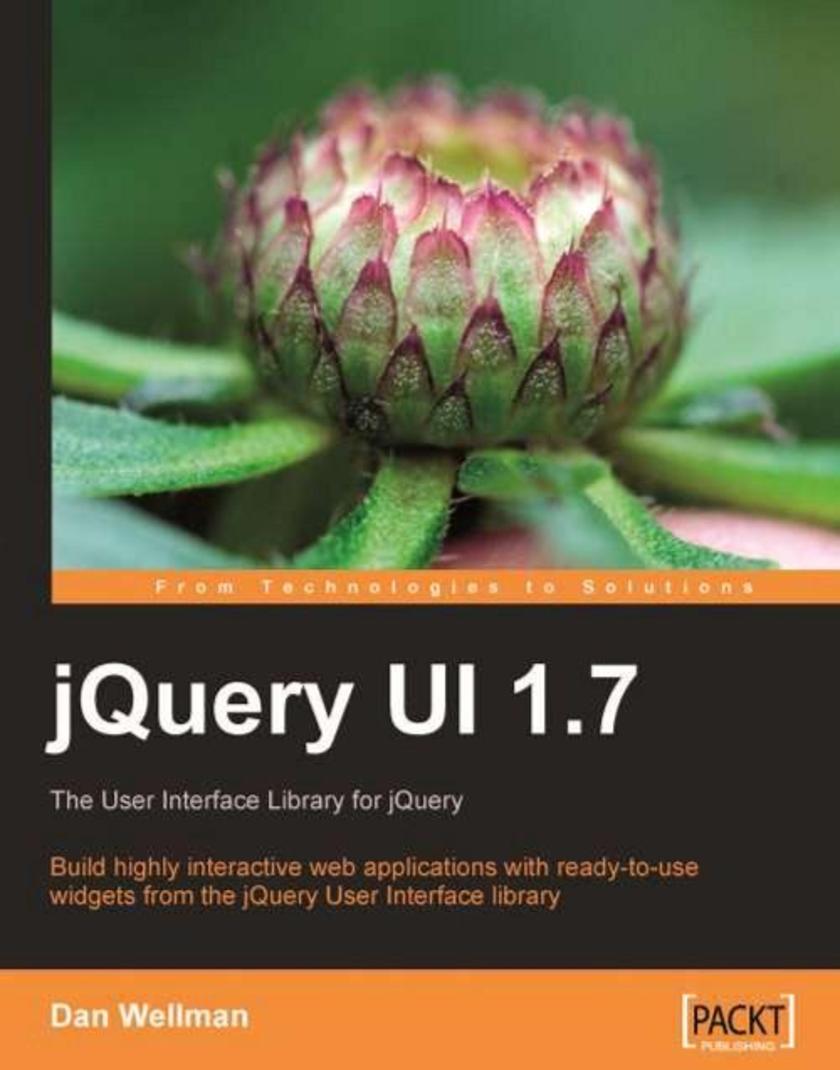
jQuery UI 1.7: The User Interface Library for jQuery
¥80.65
An example-based approach leads you step-by-step through the implementation and customization of each library component and its associated resources in turn. To emphasize the way that jQuery UI takes the difficulty out of user interface design and implementation, each chapter ends with a 'fun with' section that puts together what you've learned throughout the chapter to make a usable and fun page. In these sections you'll often get to experiment with the latest associated technologies like AJAX and JSON. This book is for front-end designers and developers who need to quickly learn how to use the jQuery UI User Interface Library. To get the most out of this book you should have a good working knowledge of HTML, CSS, and JavaScript, and will need to be comfortable using jQuery, the underlying foundation of jQuery UI.

IBM WebSphere eXtreme Scale 6
¥107.90
This book is a real-world practical tutorial with lots of examples. The data grid concepts are clearly explained and code samples are provided. The concepts are applicable to all IMDGs, and the examples represent the eXtreme Scale approach to the problem. This book is aimed at intermediate-level JavaEE Developers who want to build applications that handle larger data sets with massive scalability requirements. No previous experience of WebSphere eXtreme Scale is required.

jQuery 1.3 with PHP
¥71.93
This book takes a practical approach to integrating PHP and jQuery, showing examples of every point discussed. All examples are written such that you should be able to copy out the code into your own projects and see immediate results, no matter what your experience with JavaScript. You will find projects developed within a chapter, building them up step-by-step, describing the process and thought that goes into it. Minimal requirements are needed on the server-side, so the examples should work with any setup. This book is for PHP application developers who want to improve their user interfaces through jQuery's capabilities and responsiveness. Whether you are familiar with jQuery or have only dabbled a little with JavaScript, this book will provide you with numerous practical examples of how to improve your application.
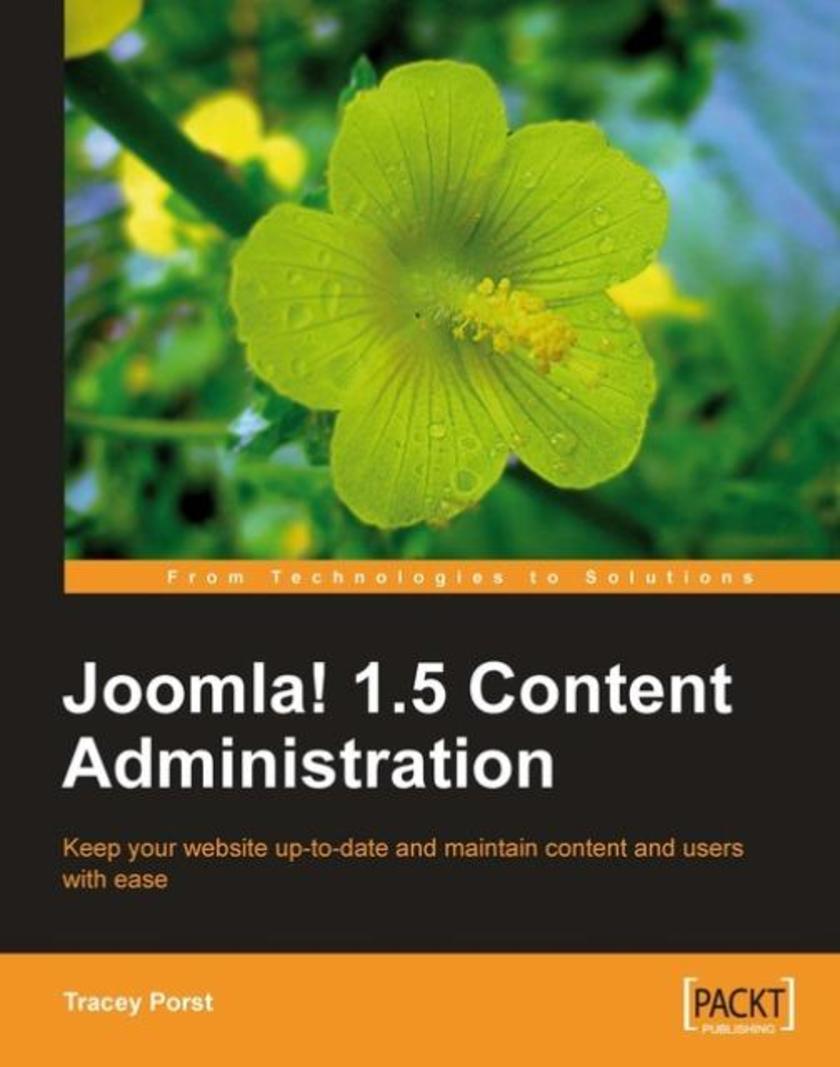
Joomla! 1.5 Content Administration
¥71.93
This book is very easy and straightforward to follow, and takes a hands-on approach, using practical examples to illustrate techniques and explain concepts using a fictitious company called "The Party People" to help you master the content administration of your web site. With each task outlined, simple explanations are offered on similar subject areas and links to further information are provided. If you are someone who wants to quickly and easily manage content and users for a Joomla! web site, this book is ideal for you. You could be a content editor, proofreader, graphic artist, feature editor, or anyone else concerned with managing content on a Joomla! installation. If you can browse the Web and use a wordprocessing software package, this book will help you develop the skills to efficiently manage your web site and gain a solid understanding of the Joomla! content management system.
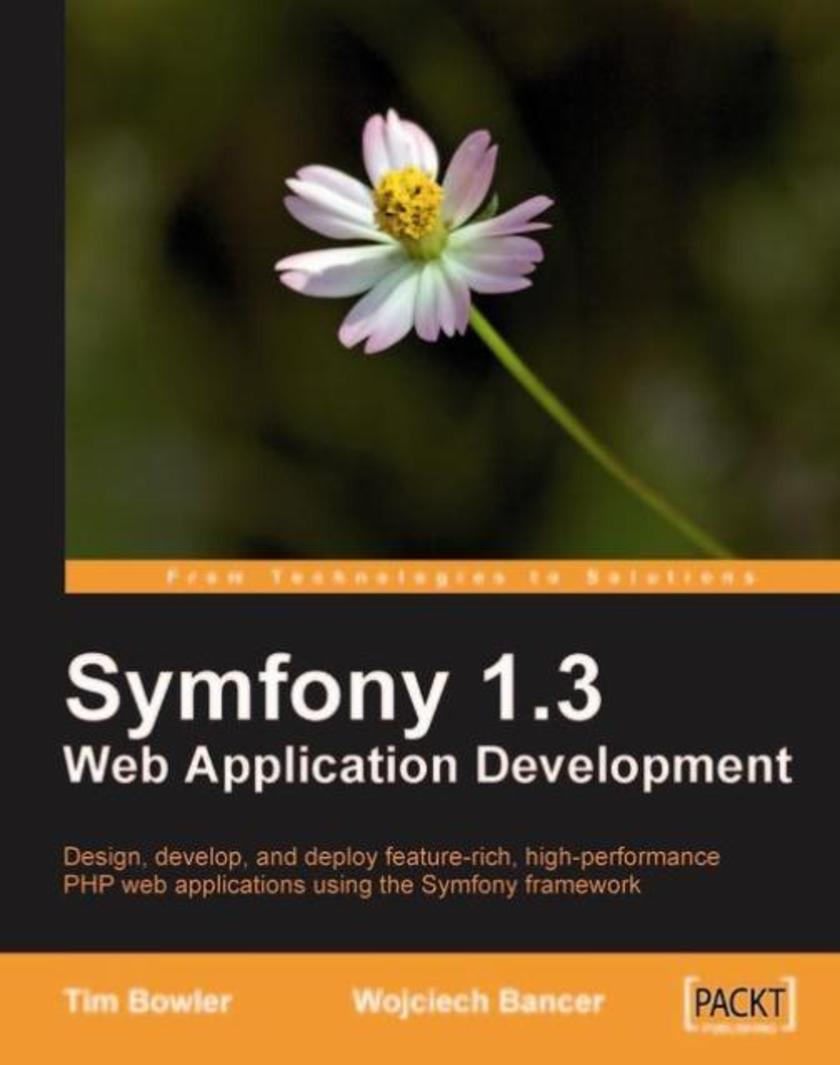
Symfony 1.3 Web Application Development
¥71.93
This book is an example driven tutorial that takes you through the process of building Model-View-Controller-based web applications. You will create and develop an online store application. It also covers best practices for better and quicker application development. This book is for PHP web developers who want to get started with Symfony 1.3. If you are already using Symfony 1.0 or are new to Symfony, you will learn how to use it in the best way to produce better applications faster. Basic knowledge of Object Oriented design and ORM will be quite helpful.




 购物车
购物车 个人中心
个人中心



